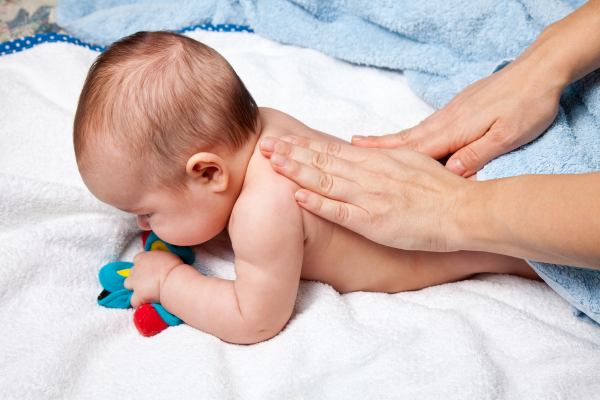As parents, watching your infant grow and develop is one of the most rewarding experiences. However, sometimes babies can face challenges that affect their comfort and well-being, whether it’s trouble with feeding, sleeping, colic, or overall nervous system regulation. While there are many ways to address these issues, one alternative therapy gaining attention is craniosacral therapy (CST). Though it may sound complex, craniosacral therapy is a gentle and non-invasive treatment that can offer significant benefits for infants, promoting relaxation, comfort, and improved health.
What is Craniosacral Therapy?
Craniosacral therapy is a type of bodywork that focuses on the gentle manipulation of the craniosacral system—the membranes and fluid surrounding the brain and spinal cord. The therapy is based on the idea that by restoring balance and releasing tension in this system, the body can heal itself, supporting optimal functioning.
In infants, the therapy involves very light, gentle touches to the head, neck, spine, and sometimes the sacrum (the triangular bone at the base of the spine). The goal is to alleviate restrictions or imbalances in the craniosacral system that may be affecting the baby’s physical or emotional well-being.
How Does Craniosacral Therapy Help Infants?
While craniosacral therapy is beneficial for people of all ages, it can be especially helpful for infants as they undergo rapid physical and neurological development. Here are some of the primary ways craniosacral therapy can benefit infants:
1. Alleviating Birth-Related Tension
The birthing process, whether vaginal or through a C-section, can place stress on an infant’s body. During a vaginal birth, the baby’s head undergoes significant pressure as it moves through the birth canal. This pressure can sometimes cause tension in the craniosacral system, leading to discomfort or restrictions in movement, which might result in symptoms like:
- Tight neck muscles (known as torticollis)
- Misalignment of the skull (which can contribute to flat spots or positional plagiocephaly)
- Uneven pressure on the cranial bones
- Birth trauma that affects the nervous system
Craniosacral therapy can help release these tensions, promoting relaxation and a better range of motion in the neck and skull. This gentle therapy also supports the nervous system, helping the infant adapt to the world outside the womb.
2. Supporting Sleep Patterns
Sleep disturbances are common in infants, especially in the first few months. Craniosacral therapy may help babies who are struggling with sleep due to an overstimulated or unbalanced nervous system. By calming the central nervous system and reducing tension, CST can promote better sleep quality, helping infants sleep more soundly, and possibly for longer stretches.
3. Relieving Colic and Digestive Issues
Many infants experience colic, which is characterized by excessive crying, often related to discomfort in the abdomen. Craniosacral therapy can provide relief by helping to balance the autonomic nervous system, which plays a key role in digestion and bowel function. CST can also help alleviate tension in the digestive system, promoting more comfortable digestion and reducing symptoms of colic, gas, or constipation.
4. Improving Feeding Difficulties
Babies who struggle with breastfeeding or bottle-feeding may have underlying tensions or imbalances affecting their oral motor coordination or the alignment of their jaw and neck. Craniosacral therapy can help release tightness in the jaw, neck, and throat areas, allowing babies to latch better, suck more effectively, and feed with less discomfort.
5. Enhancing Nervous System Regulation
Craniosacral therapy helps regulate the autonomic nervous system, which controls involuntary bodily functions like heart rate, breathing, and digestion. In infants, a dysregulated nervous system can result in fussiness, difficulty soothing, or overreaction to sensory stimuli. CST helps promote balance within the nervous system, encouraging the infant to feel more relaxed and less overstimulated by their environment.
6. Alleviating Tension from Misalignment or Physical Stress
In some cases, babies can experience physical stress or misalignment from their early movements, especially if they’ve had a traumatic birth experience. This could affect their range of motion or lead to tight muscles. Craniosacral therapy works by gently realigning the body, easing muscle tension, and allowing infants to move freely, which can improve their overall physical development and comfort.
What Can Parents Expect During a Craniosacral Therapy Session?
Craniosacral therapy for infants is incredibly gentle and non-invasive, making it a safe and calming experience for babies. Here’s what parents can typically expect during a session:
- Comfortable Environment: The session typically takes place in a quiet, soothing environment to help the baby feel at ease. The therapist may encourage parents to hold the baby close to them during the treatment to provide comfort and support.
- Gentle Touch: The therapist will use light, soft touches, to palpate areas of tension or misalignment in the craniosacral system. This light touch helps release restrictions and promote relaxation without causing discomfort.
- Baby’s Response: Infants often respond positively to craniosacral therapy, with many appearing calmer, more relaxed, and even falling asleep during or after a session. In some cases, babies may experience mild temporary discomfort as the body adjusts, but this is generally brief and fades quickly.
- Session Length: Craniosacral therapy sessions for infants are typically short, lasting around 45 to 60 minutes. Infants may need multiple sessions, depending on the issues they are facing, but improvements are often seen after just a few treatments.
Conditions Craniosacral Therapy Can Address in Infants
Craniosacral therapy may be helpful for a variety of infant conditions, including:
- Colic and digestive issues
- Breastfeeding difficulties
- Torticollis (neck tightness or misalignment)
- Flat head syndrome (positional plagiocephaly)
- Sleep problems
- Birth trauma or tension
- Cranial misalignments
- Overstimulation or sensory sensitivities
Is Craniosacral Therapy Safe for Infants?
Yes, craniosacral therapy is generally considered safe for infants, especially when performed by a trained and certified practitioner. Since the therapy involves gentle touch and focuses on releasing tension rather than applying force, it is suitable for even the most delicate bodies. It is important to seek out a practitioner who is specifically trained in working with infants to ensure that the treatment is safe and appropriate.
Conclusion
Craniosacral therapy offers a gentle and holistic approach to supporting the health and well-being of infants. By addressing birth-related tension, promoting relaxation, and supporting the nervous system, CST can help relieve common infant discomforts such as colic, feeding difficulties, and sleep disturbances. This non-invasive therapy provides a safe and effective option for parents seeking a natural way to promote their baby’s comfort and development.
If you’re concerned about your baby’s health or suspect that craniosacral therapy may benefit your infant, consult with a trained practitioner who specializes in infant care. With its gentle touch and comprehensive approach, craniosacral therapy may help your baby feel more comfortable and supported as they grow and develop.


